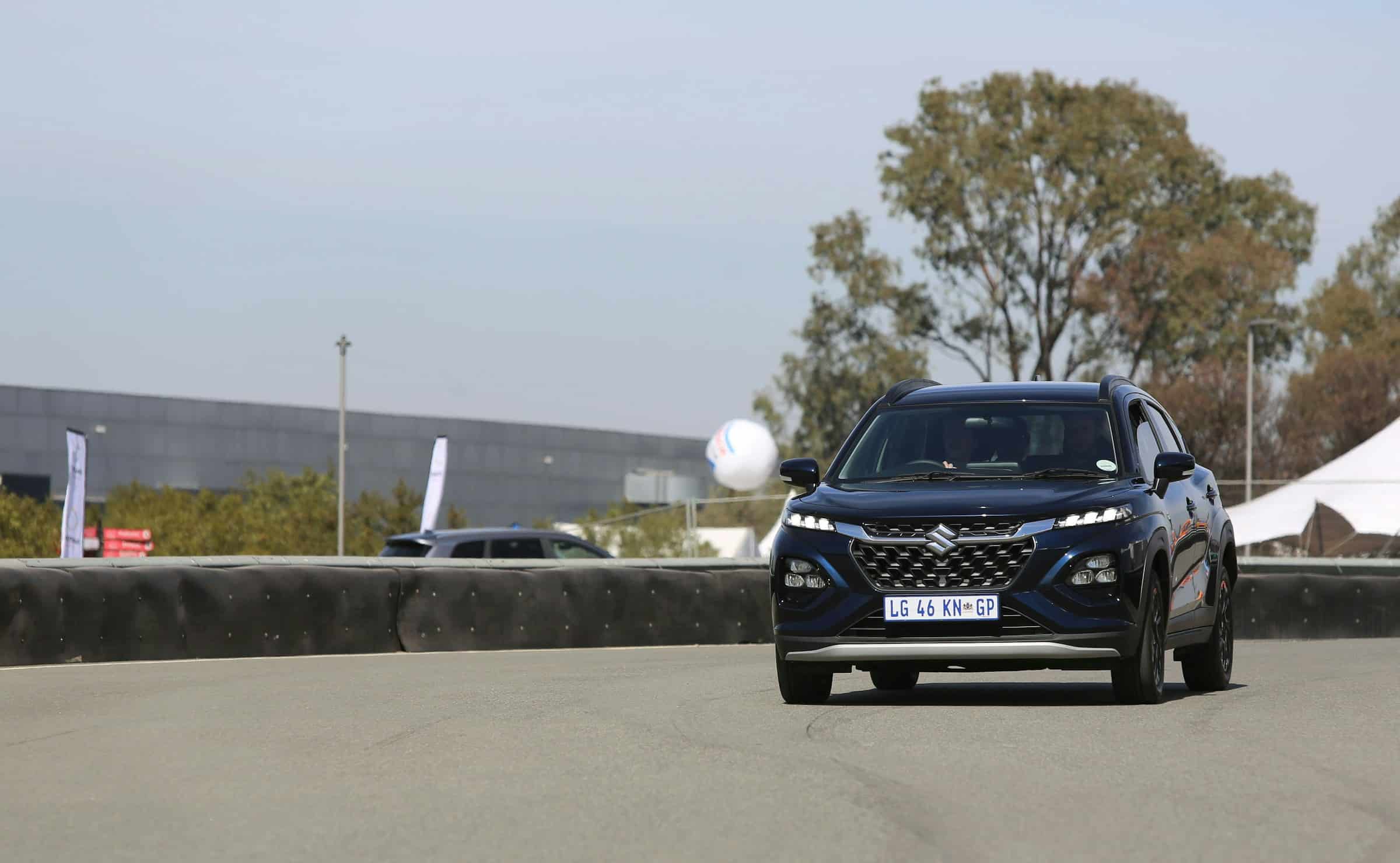How to Achieve Optimal Weight Distribution in a Front-Heavy Muscle Car?

Gentlemen, start your engines, we are about to immerse ourselves in the world of muscle cars. When it comes to racing these powerful beasts, weight distribution is a crucial factor that can significantly affect your car’s performance. It’s not just about the weight of the car itself, but where that weight is located.
A muscle car with poor weight distribution can suffer from numerous issues, such as lack of grip, instability, and difficulty in handling. This is especially true for front-heavy muscle cars. Such cars have their engine, the heaviest component, located at the front, leading to an imbalance that can be detrimental to the car’s performance.
Additional reading : Location. luxe. simplicité: rent a car monaco
So, how can you optimize weight distribution in a front-heavy muscle car? Read on and discover the secrets of racing perfection.
Understanding the Basics: Importance of Weight and Balance
Before you start tinkering with your muscle car’s weight distribution, it’s essential to understand why it matters so much.
Have you seen this : Can Ceramic Coating a Carbon Fiber Spoiler Improve Its Durability?
Weight plays a significant role in how a car drives and handles. When a car accelerates, turns corners or brakes, the forces acting on it cause weight to shift from one area to another.
This weight transfer can impact the car’s grip and stability. When more weight shifts to the rear, the front tires lose traction. Conversely, if too much weight is upfront, the rear tires can lose grip. This can make cornering in a car difficult and unpredictable, leading to accidents or slower lap times if you’re on a race course.
The goal of achieving optimal weight distribution is to balance the car’s weight evenly across all four corners. This balance allows each tire to share an equal load, improving the car’s handling and performance.
Strategies for Optimal Weight Distribution
Now that you understand why weight distribution is important, let’s dive into how to optimize it.
The primary strategy is to move weight from the front to the rear. However, this doesn’t mean you should merely load the trunk with ballast. Proper weight distribution requires careful consideration of where you move the weight and how much you move.
You can start by relocating some components from the front to the rear. For example, if your car’s battery is located at the front, consider moving it to the trunk. This modification can shift several lbs from the front to the rear, helping to improve your car’s balance.
Another option is to replace heavier front components with lighter alternatives. For instance, you could replace a heavy steel hood with a lightweight aluminum or carbon fiber one.
Making Use of Suspension and Chassis Tuning
Tuning your car’s suspension and chassis is another effective way to improve weight distribution.
Adjusting your car’s suspension can change how it manages weight transfer. For example, stiffening the rear suspension can reduce the amount of weight transferred to the rear during acceleration, helping to keep more weight at the front.
On the other hand, modifying your car’s chassis can also help to redistribute weight. Lowering the ride height at the front, for example, can lower the car’s center of gravity, reducing weight transfer to the rear.
Using Ballast to Achieve Balance
Ballast refers to added weight used to balance the car. While it might seem counterproductive to add weight to a racing car, strategically placed ballast can significantly improve your car’s balance and handling.
The key to using ballast effectively is its location. You should aim to place ballast as low and as centrally as possible. This placement helps to lower your car’s center of gravity and increase its stability.
Moreover, ballast allows for fine-tuning. Once the major modifications have been made, you can use ballast to make minor adjustments to your car’s balance for different racing conditions.
Constant Evaluation and Adjustment
Achieving optimal weight distribution isn’t a one-time task. As you drive and race your car, you’ll need to constantly evaluate and adjust the weight distribution.
This entails regularly checking your car’s corner weights using a set of scales. By weighing each corner of the car, you can assess how evenly the car’s weight is distributed.
Furthermore, listen to the feedback your car gives you. If it’s struggling with understeer or oversteer during certain maneuvers, it might be a sign that the weight distribution needs adjusting.
In conclusion, optimizing the weight distribution of a front-heavy muscle car involves understanding the importance of balance, strategically redistributing weight, tuning the suspension and chassis, utilizing ballast, and constant evaluation. With these strategies, you can transform your muscle car into a well-balanced racing machine.
Tire Selection and Pressure Adjustments
One aspect often overlooked when aiming to achieve optimal weight distribution in a muscle car is tire selection and pressure adjustments. The tires on your car are the only contact point between the vehicle and the road. Consequently, they play a significant role in the car’s handling and performance.
Selecting the right tires for your muscle car can significantly affect the handling and the weight balance of the car. This is particularly true when it comes to drag racing. Tires designed for drag racing typically have a larger contact patch and are made from a softer compound. This allows them to provide more grip, particularly at the rear where the majority of the power is applied.
It’s also important to consider the tire pressure. Adjusting the tire pressure can change the amount of tire contact with the ground, affecting grip and, therefore, the car’s handling. A higher tire pressure will generally reduce the contact patch and lower the grip, making the car feel lighter and more agile. Conversely, a lower tire pressure can make the car feel heavier and more stable, particularly beneficial for front-heavy muscle cars.
Additionally, consider the weight of your tires and wheels. Lightweight wheels can reduce the overall weight of the car and improve acceleration and handling. However, they must be durable enough to withstand the high stresses encountered during racing.
The Role of Aerodynamics in Weight Distribution
It might not initially be apparent, but aerodynamics plays a substantial role in the weight distribution of a race car. Proper aerodynamic design can help to balance the car’s weight, particularly at higher speeds.
At the front of the car, an aerodynamic splitter can help to reduce lift and increase downforce. This increases the weight on the front wheels, improving grip and stability. At the rear, a diffuser or a spoiler can increase downforce, adding weight to the rear wheels. This can be particularly useful in front-heavy muscle cars to counteract the imbalance caused by the front-mounted engine.
Remember, when designing or modifying your car’s aerodynamics, it’s important to maintain balance. Too much downforce at one end of the car can adversely affect handling, leading to either understeer or oversteer.
The goal is to use aerodynamics to guide the air around your car in a way that optimizes downforce and reduces drag. This requires a careful balance and constant testing and adjustment to get it right.
Conclusion
Optimizing the weight distribution of a front-heavy muscle car involves various strategies, including understanding the importance of balance, redistributing weight, tuning the suspension and chassis, using ballast, and constant evaluation. However, two often overlooked strategies are tire selection and pressure adjustments, as well as the role of aerodynamics.
By considering all these factors, you can transform your muscle car from a front-heavy beast into a well-balanced, high-performance race car. Remember, achieving optimal weight distribution is not a one-time task. It requires continuous testing, adjustment, and fine-tuning to adapt to changing conditions and improvements in technology. Keep pushing the limits, and you’ll find the sweet spot that turns your muscle car into a true racing machine.
